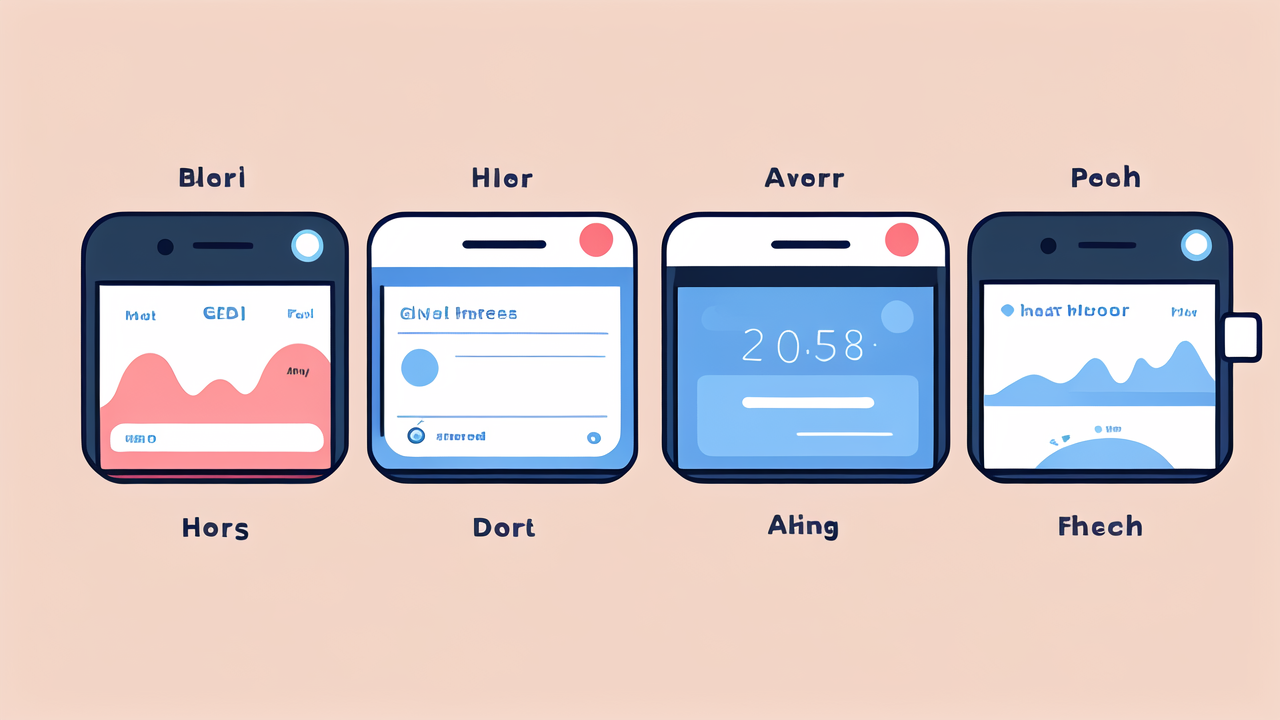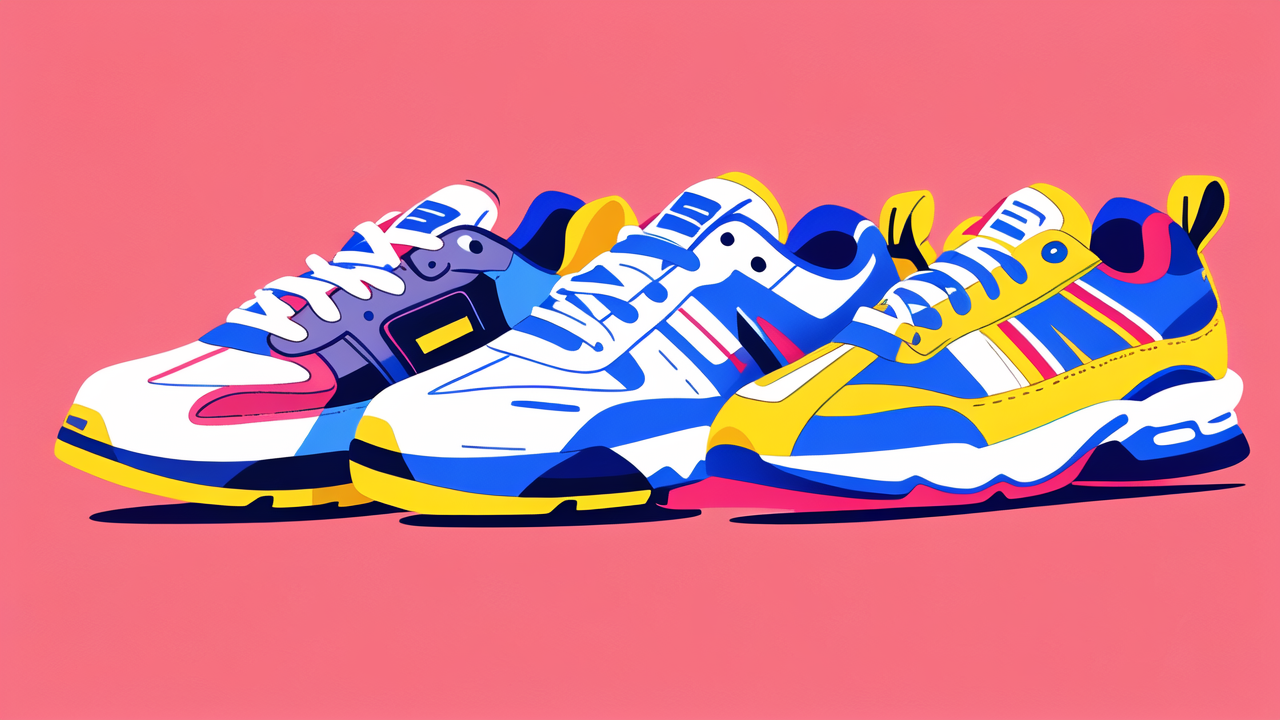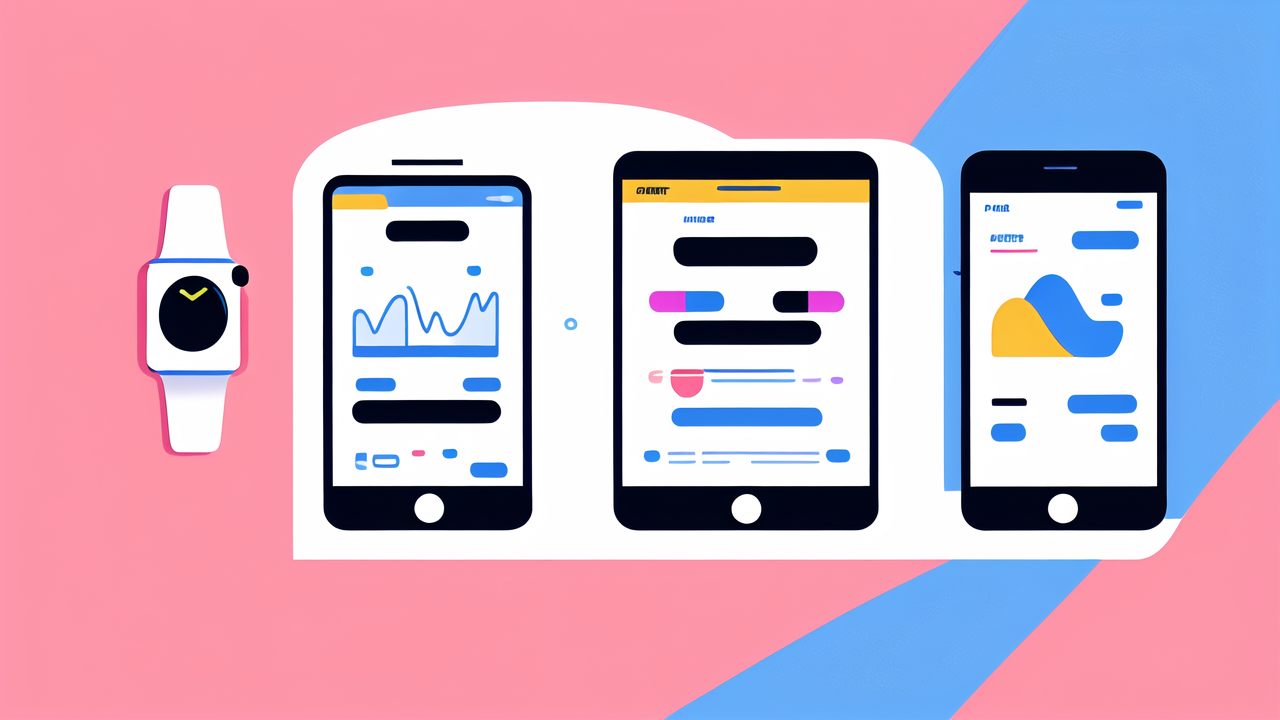Understanding Smart Bands: An Overview of Technological Advancements
The Evolution of Smart Band Technology in the United States
Smart bands have come a long way in the US. They started as simple step counters. Now, they're high-tech health monitors. Early models only tracked steps and sleep. Today's smart bands can do much more.

They can measure heart rate, blood oxygen, and even stress levels. Some can detect falls and call for help. The tech keeps getting better. New sensors and AI make smart bands more useful every year.
US companies like Fitbit and Apple lead the way. They keep adding new features to their devices. The goal is to make smart bands essential for daily life.
Key Features of Advanced Smart Bands
Modern smart bands are packed with features. Here are some key ones:
- Health tracking: Heart rate, sleep, and activity monitoring
- Fitness coaching: Personalized workout plans and real-time feedback
- Notifications: Calls, texts, and app alerts on your wrist
- GPS: Location tracking for outdoor activities
- Water resistance: Swim-proof designs for all-day wear
- Long battery life: Many last a week or more on a single charge
Some high-end models even have ECG sensors. These can detect heart rhythm issues. Others can measure blood oxygen levels. This helps track overall health and fitness.
Smart bands are getting smarter, too. They can learn your habits and give personalized advice.
The Integration of AI and Machine Learning in Smart Wristwear
AI and machine learning are changing smart bands. They make the devices more helpful and personal. Here's how:
- Pattern recognition: AI spots trends in your health data
- Predictive analytics: It can warn you about potential health issues
- Personalized insights: You get custom tips based on your data
- Adaptive coaching: Fitness plans that change based on your progress
- Natural language processing: Some bands can understand voice commands
These smart features make bands more than just trackers. They become personal health assistants. They can give advice and alerts that really matter to you.
As AI gets better, smart bands will become even more useful. They might even predict health problems before they happen.
Impact of Smart Bands on Health and Wellness
Tracking and Analyzing Health Metrics with Smart Bands
Smart bands are changing how we track health. They collect data 24/7. This gives a full picture of your health. Here's what they can track:

- Heart rate: Resting, active, and during sleep
- Sleep patterns: Light, deep, and REM sleep cycles
- Activity levels: Steps, calories burned, and exercise minutes
- Stress levels: Using heart rate variability
- Blood oxygen levels: Important for overall health
All this data helps you understand your body better. You can see how lifestyle changes affect your health. It's like having a mini health lab on your wrist.
Smart bands make it easy to share data with doctors. This can lead to better care. Your doctor gets a more complete view of your health.
Smart Bands and Lifestyle Coaching: A New Frontier
Smart bands are becoming personal coaches. They don't just track data. They give advice to help you live better. Here's how:
- Activity reminders: Alerts to move when you've been sitting too long
- Sleep insights: Tips for better sleep based on your patterns
- Stress management: Breathing exercises when stress is high
- Hydration tracking: Reminders to drink water throughout the day
- Nutrition logging: Some bands connect to food tracking apps
These features help build healthy habits. The band learns what works for you. It adjusts its advice to fit your lifestyle.
Some bands even offer guided meditations and workouts. It's like having a wellness coach with you all the time.
The Role of Smart Bands in Emergency Response and Health Monitoring
Smart bands can be lifesavers. They're always with you, ready to help in an emergency. Here's how:
- Fall detection: Some bands can tell if you've fallen and call for help
- SOS buttons: Quick way to alert emergency contacts
- Abnormal heart rate alerts: Warnings about unusual heart activity
- Location tracking: Helps rescuers find you in an emergency
For chronic conditions, smart bands offer continuous monitoring. This is huge for diseases like diabetes or heart problems. Doctors can get real-time data. This helps them adjust treatment faster.
Some bands can even detect atrial fibrillation. This is a serious heart rhythm problem. Early detection can prevent strokes.
Smart bands are becoming key tools in preventive healthcare. They help catch problems early, before they become serious.
The Smart Band Market: Trends and Consumer Insights
Market Growth of Smart Bands and Consumer Adoption Rates
The smart band market is booming. More people are buying these devices every year. Here are some key trends:

- Steady growth: The market keeps expanding as tech improves
- Affordable options: Prices are dropping, making smart bands more accessible
- Integration with smartphones: This makes smart bands more useful
- Health insurance incentives: Some plans offer discounts for using smart bands
Adoption rates are rising across all age groups. Young adults lead the trend. But older adults are catching up fast. They see the health benefits of smart bands.
The COVID-19 pandemic boosted sales. People became more health-conscious. They wanted ways to track their fitness at home.
Demographic Trends in Smart Band Usage
Smart band use varies across different groups. Here's a breakdown:
- Age: Young adults (18-34) are the biggest users
- Gender: Usage is fairly even between men and women
- Income: Higher-income groups tend to buy more advanced models
- Education: College graduates are more likely to use smart bands
- Occupation: Office workers and fitness enthusiasts are top users
Interestingly, older adults are a growing market. They use smart bands for health monitoring. This trend is likely to continue as the population ages.
Urban areas see higher adoption rates. This is due to better tech awareness and fitness trends.
Future Prospects: What's Next for Smart Band Technology in the U.S.
The future of smart bands looks bright. Here are some exciting prospects:
- Advanced health sensors: New ways to track vital signs
- Longer battery life: Weeks or even months on a single charge
- Flexible displays: Bands that wrap around your wrist like a second skin
- Integration with smart homes: Control your house from your wrist
- Augmented reality features: Projecting info onto your skin or surroundings
We might see smart bands that can measure blood sugar without needles. This would be huge for diabetes management.
Mental health tracking could improve. Bands might detect mood changes and offer support.
As 5G networks spread, smart bands will connect faster. This means more real-time health monitoring and alerts.
The line between smart bands and medical devices may blur. We could see FDA-approved bands for specific health conditions.
In the U.S., smart bands will likely play a bigger role in healthcare. They could help lower costs and improve patient outcomes.
The future of wristwear is smart, connected, and focused on health. Smart bands are set to become essential tools for daily life and wellness.




Leave a comment
This site is protected by hCaptcha and the hCaptcha Privacy Policy and Terms of Service apply.